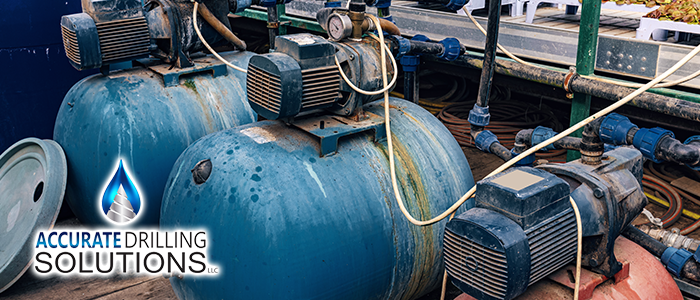
Suppose you’re one of the millions of homeowners who are now considering hopping onboard the well water wagon. Welcome aboard. We’re sure you’ve got questions. One of the most common questions is about how to get the whole process going. The process may seem a bit opaque. However, if this is your first time going through a well installation, learning about the process is essential. This brief introduction to how to drill a well will get you started on just that.
How to Drill a Well
Permits and Paperwork
Like most home renovation projects, your city will be involved at the earliest stages to ensure everything is done safely and above board. This is especially important when dealing with an area’s water table. Contamination can affect more than just homes and industry but could also upset the environment the city occupies. For that reason and many others, you need to obtain, sign, and process several permits before drilling can begin. If this is your first time, this is one of the specific areas where a professional will help the most. The pros do this for a living, so they know exactly which forms to obtain and how to fill them out, smoothing out the whole process for you and your family.
Prepping the Land
Once you file all of the proper paperwork, your drilling company of choice will figure out where on your property would be the best place for a well. It can’t be downhill from septic systems or livestock run-offs, to name a couple of obstacles. The company will analyze the geological makeup of your property to determine the areas most likely to have access to the water table. Once they finish their survey, all vegetation and structures have to be removed from the area. Try not to disturb the soil too much as you remove plants. You want the soil to maintain its structural integrity so it doesn’t collapse on your newly dug well. Your drilling company will be able to advise you on the best way to clear the area.
Drilling the Well
We’re almost to the point where the well can actually be dug, but it must be noted that the equipment needed to dig and install your well is massive. Trucks forty feet or longer that weigh tons may be involved, so low-hanging barriers or terrain challenges will have to be cleared before the process can begin. Getting more professionals involved to clear obstacles is important, especially if electricity is involved in any way. Once your well drilling company gives the okay, it’s time to dig.
The crew will arrive with their equipment and level off the area where the rig will operate, and then what’s known as the drill tower is raised. A rod is then put down for drilling and begins its way down into the earth. As it drills, the casing for the well is lowered into the hole until the drill hits bedrock and begins to water. At this point, the drillers will typically move down just a bit deeper and finish up. After finishing, the well water pump is installed.
This pump is what brings water out of the aquifer and into your home.
Finishing Up
Once the well is drilled, cased, and fitted with a pump, it’s time to attach the system to your home’s plumbing. Next, a pressure tank is installed, which moves water that the pump has brought up around your home. Before using the water, it is important to have a professional test its quality so problems can be addressed and you can be confident that your well water is clean, safe, and delicious.
In Conclusion
If you’re looking for the right contractors for a big job like this, you’ve found them with Accurate Drilling Solutions. We have years of experience and offer unequaled service and support for your new well. Call us today to learn more about what we can do for you and your family.
continue reading
Related Posts
Well Maintenance Tips for Bartow Property Owners For property owners
Dade City Commercial Water Solutions: A Complete Guide For businesses
North Port: Understanding Your Well System Options For homeowners and






